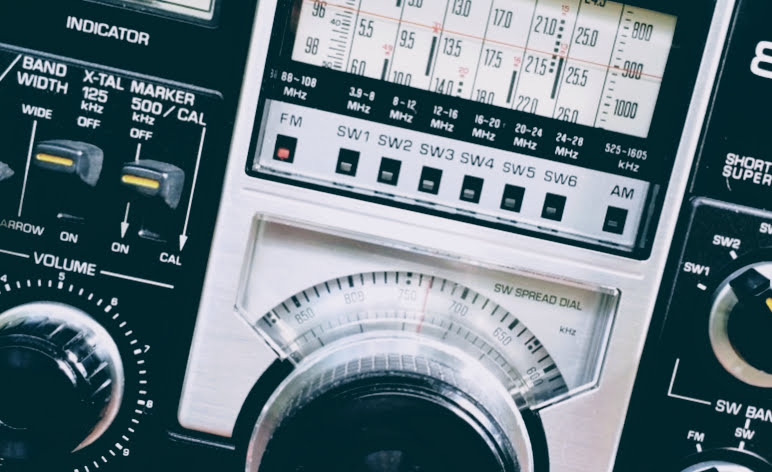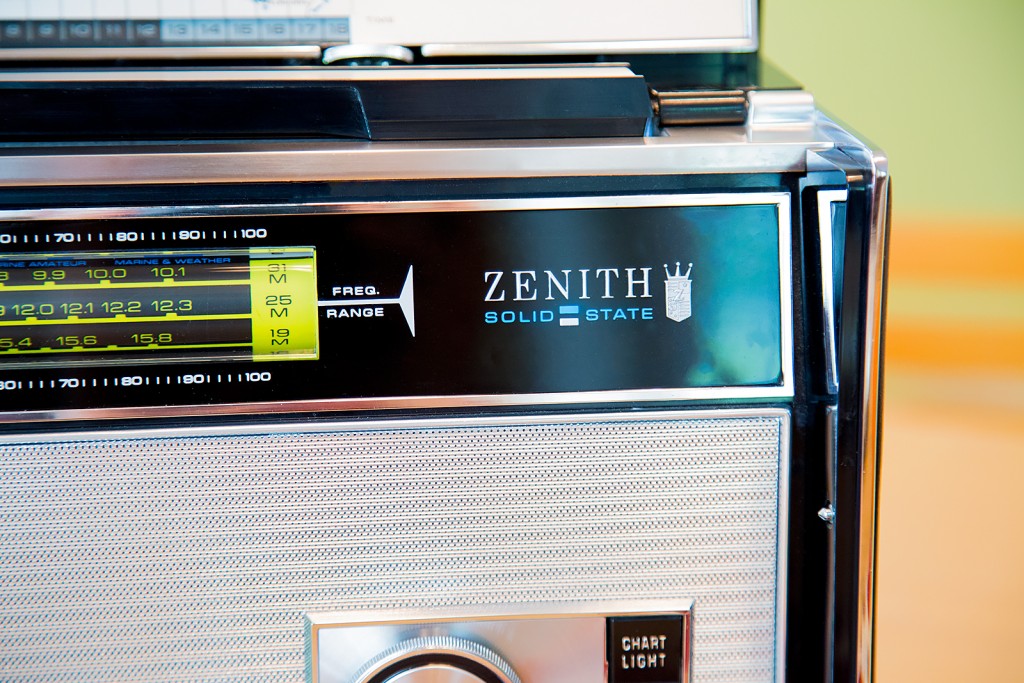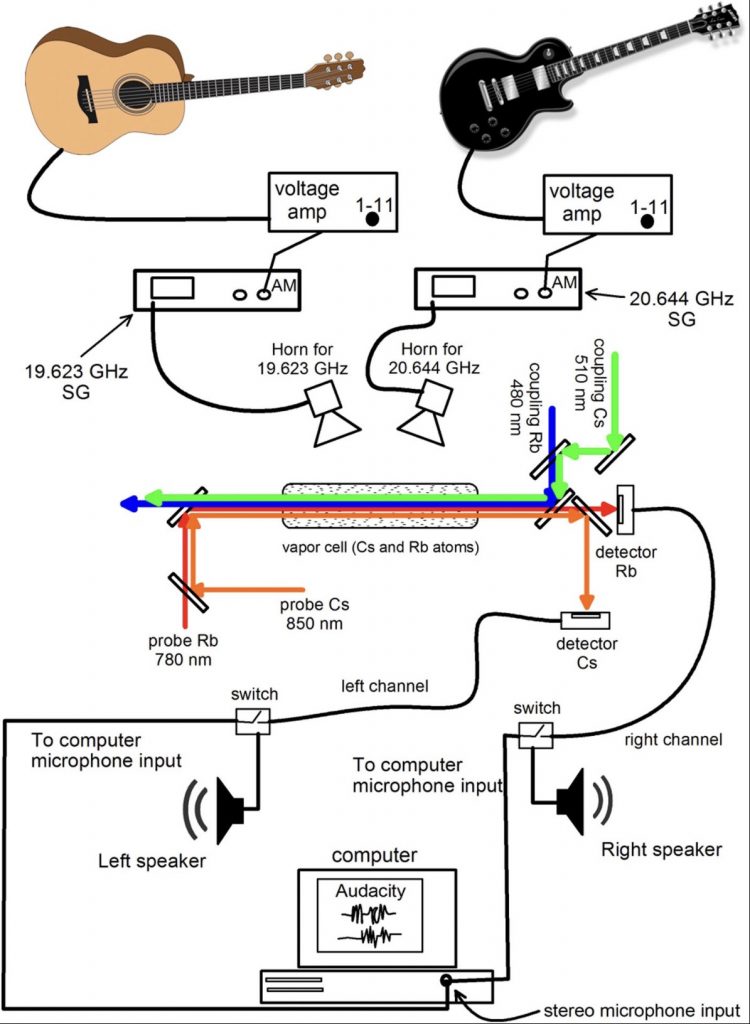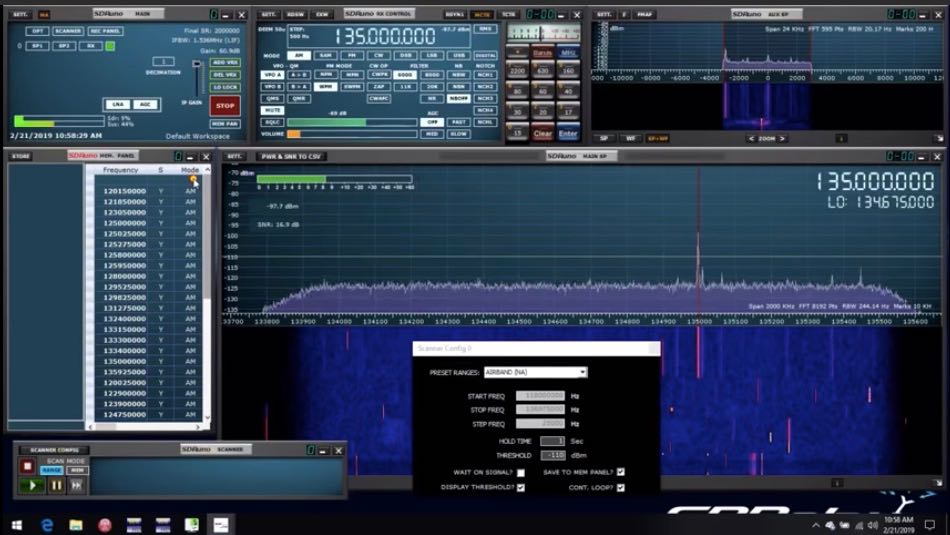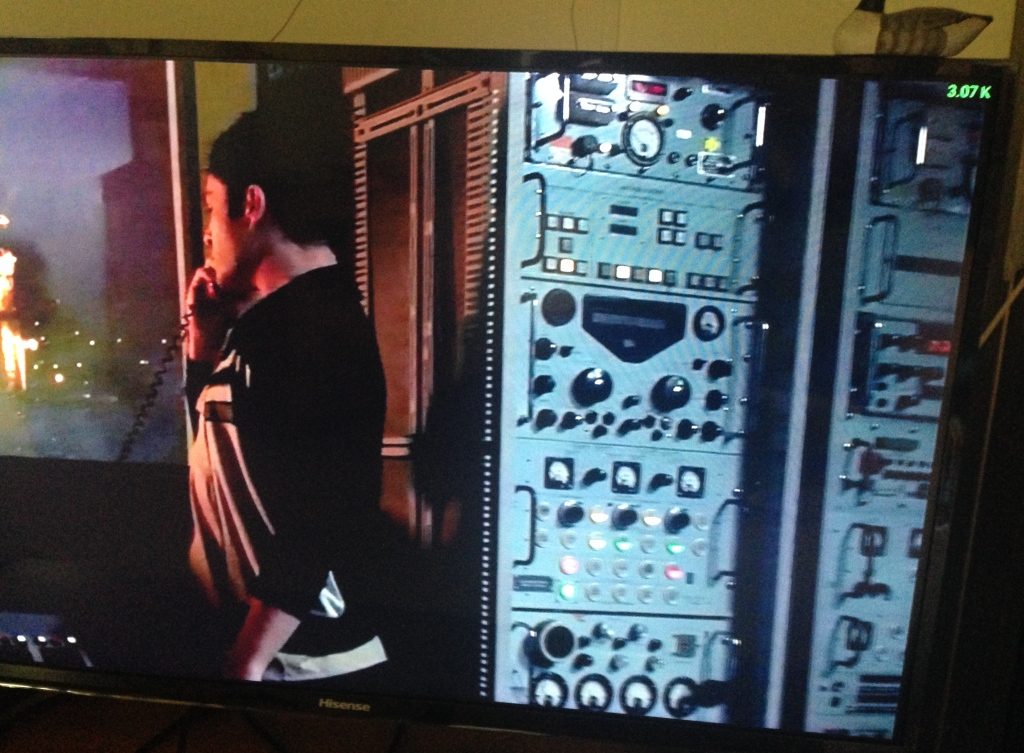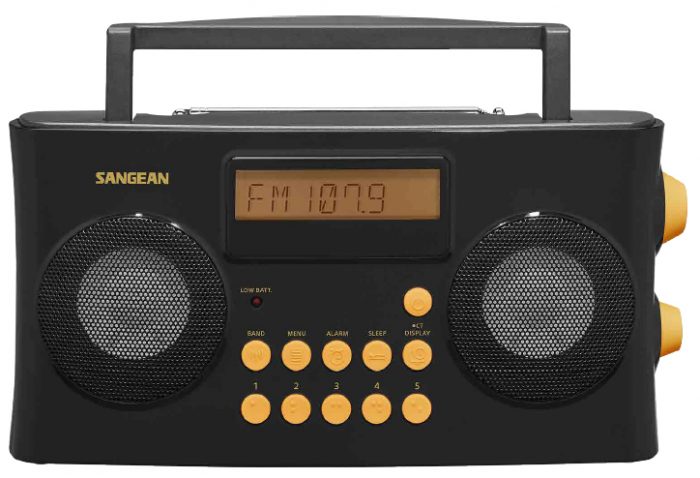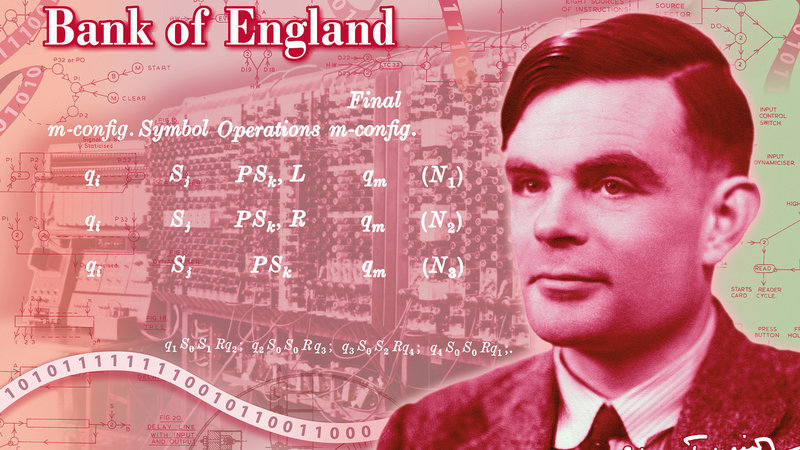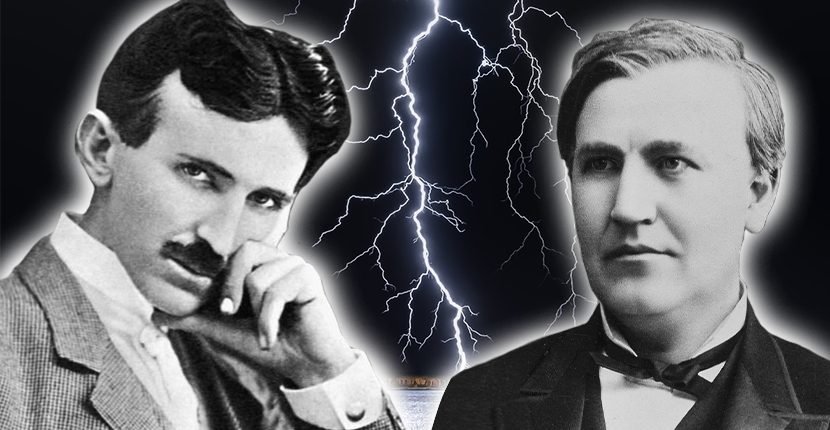Many thanks to SWLing Post contributor, Kim Elliott, who shares a link to this CNN Business article that briefly explores why consumers still invest in vintage electronics:
New York (CNN Business) – That beaten up Walkman buried in your basement might be someone’s hot new accessory. The retro tech market is alive and kicking.
In May, Apple refreshed the iPod touch for the first time in four years. Vinyl record sales clocked in at 400 million on average over the past four years, according to data from data tracker Statista.
[…]Other gadgets that have stayed the course: camcorders, radios, clock radios, desk phones, and DVRs. Millions of these are still in use in US households in 2017, according to Statista.
What drives people to continue purchasing vinyl records, instant film cameras, and iPods, long after new products have made those objects irrelevant?Older gadgets have a lot of staying power because they allow people to unplug from the constant ping of smartphones and tablets.[…]
This short article and accompanying video are worth reviewing. I for one, can certainly relate.
When I was a kid in the 70s and 80s, shortwave radio was simply wireless magic. Even though the medium had been around for many decades, when my friends learned about what I could receive at home with my Zenith Transoceanic (which by then was a good 15 years old) they couldn’t wrap their minds around it.
Today, of course, international communications are effortless and nearly free via computers, tablets and smart phones.
And, I don’t know about you, but the shock value of what new technologies can do has worn off. A phone app that can control the lighting an appliances in your house? Sounds useful. A voice-activated wireless home camera system that allows you to talk to and feed your dog while you’re at work? My neighbor has one of those. A car that can drive itself? Sure. Why not?
Major technological leaps are happening at such a rapid pace that innovation is hardly appreciated…it’s expected. Ask any Apple stockholder.
And digital technologies are often incredibly affordable–but I would argue there’s a directly relationship between affordability and a loss of privacy.
As the article points out, vintage electronics have appeal because they effectively do their job without monopolizing your attention or personal space. “Vintage” tech can be with you for the long run and doesn’t necessarily rely upon an app developer or company that may or may not exist tomorrow.
Maybe this article struck a nerve…
Like TV, digital devices tend to monopolize your attention. Almost all new apps, for example, default to “push” notifications that beep, buzz and effectively turn one into Pavlov’s dog. Human beings are wired to respond to this stuff!
It’s sad to have lunch with a friend that is constantly checking their phone because it’s pinging them with notifications. It’s like having an attention-deprived two year old in the room while you’re trying to carry on a meaningful conversation. I have a rule: the only time I’ll answer a text or call when I’m with someone is if I’m expecting something urgent. Even then, I usually mention the possibility in advance and apologize when it happens. It’s an intrusion and I treat it as such.
Besides the nostalgic factor, I turn to “vintage” technologies because they lack the insidious nature of internet-connected digital devices.
When I turn on a radio, it’s on. When I turn it off, it’s off. It’s not listening to me, not reporting my shopping habits and not sending me notifications. It’s a companion.
 Listening to a vinyl record is a proper experience too–one that’s high-fidelity, has unique character and won’t stop what it’s doing to tell you that you lost an eBay auction or that a friend took a photo of their Tiramisu.
Listening to a vinyl record is a proper experience too–one that’s high-fidelity, has unique character and won’t stop what it’s doing to tell you that you lost an eBay auction or that a friend took a photo of their Tiramisu.
Am I shunning internet-connected digital devices? No. [In fact, I’m sure I’ll get called a big fat hypocrite when I review the Google Nest Hub soon!] But I do advocate taming these devices and educating yourself about what they can do while they’re in your home.
Consider turning off their notifications, their microphones, their cameras, and even creating a single-use throw-away user account to tie to devices. Do what I do and unplug them when not in use.
I’m sorry for the Friday soap box and what seems to be an issue of Thomas’ Pet Peeves, but I’m willing to bet other radio enthusiasts feel as I do. Do you still use vintage tech in your daily routine? Do you attempt to tame digital devices? Or do you embrace notifications, automaton, and all things connected?
How do you strike a balance? Please comment!
Do you enjoy the SWLing Post?
Please consider supporting us via Patreon or our Coffee Fund!
Your support makes articles like this one possible. Thank you!

